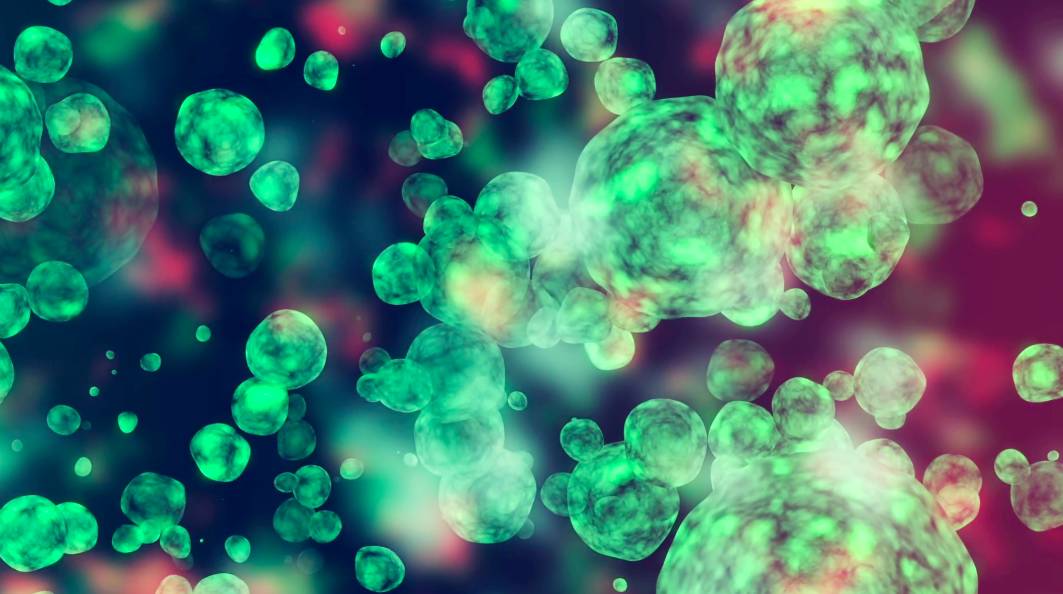
“What’s in a name? That which we call a rose by any other name would smell as sweet.”
– Juliet from Shakespeare’s Romeo and Juliet.
We are going to get a little philosophical on you for a second, because we want to ask you – What’s in a name, anyway?
We use names to enhance our communication, right?
Without names, it would be very difficult to talk about any individual or object.
How would you talk about a rose if it didn’t have a name? You would have to describe it every time.
“Do you know that beautiful flower that often comes in red, yellow, and white? It grows in a shrub and has thorns?”
Hopefully, the person you are speaking with is familiar with roses, otherwise you would have to continue, “you know, the flower that symbolizes love and romance?”
Uh oh, now you’re using descriptors that are specific to your culture.
What if they come from a place where roses are an omen or a sign of bad luck? Now you’re really confusing them and your conversation is lost before it even begins. This is an example of the confusion that can be caused by language.
Using Names to Prevent Confusion
This name confusion is especially troublesome if you’re in the scientific community and you’re trying to convey critical details about a particular species you’re studying. In an attempt to prevent misunderstandings among scientists, the binomial nomenclature or scientific naming system was developed. These names are also sometimes referred to as an organism’s Latin name and are governed by international systems.
Scientific names are a way for scientists to communicate with each other the most up-to-date information about exactly how a particular organism looks and behaves. Classification systems allow researchers around the world to communicate more effectively and with greater accuracy.
But scientific nomenclature is constantly evolving as we learn and discover more.
For example, over the last 20 years the Bacteroides genus, one of the most abundant and prevalent genus of bacteria in the gut, has been reclassified into five genera – Alistipes, Prevotella, Paraprevotella, Parabacteroides, and Odoribacter. 1
This is why with every Viome update you can expect some of the microbe’s names to change. At Viome, we are committed to delivering solid scientific findings and these changes are a reflection of the constant discoveries happening in our laboratories.
While it might seem unnecessary or even frustrating, there are very important reasons these changes occur. This is because the scientific names of particular microbes reflect their physical characteristics, behavior, and interactions with other microbes – their names even tell us about how they interact with you.
Every living thing has a scientific name and there is always the possibility their name will change as we uncover more about them – we just aren’t always aware of it.
For example, not that long ago the Gorilla was reclassified. Originally thought to be one species, new mitochondrial DNA research uncovered that there are in fact, two species of gorilla – the Gorilla beringei and Gorilla gorilla, commonly called the Eastern and Western respectively. 2
You didn’t hear about this ‘groundbreaking’ news? That’s because there is no visible difference and we are all going to all keep on calling them good ol’ gorillas. But scientists who study gorillas need this important distinction to communicate how they evolved and what their differences are.
Taxonomy Recap – A Trip Down Memory Lane
Let’s time travel back to biology class for a second. Taxonomy is the scientific classification and naming system of all organisms. The order of taxonomy classification looks like this:
Domain
Kingdom
Phylum
Class
Order
Family
Genus
Species
Strain (in microorganisms)
Look a bit different from what you learned in school? This is because the Domain ranking was only added in 2012 – yet, another change.
Want an easy way to remember taxonomy order? Dear King Phillip Came Over For Good Soup.
Why Are Microbes Reclassified?
You’re probably wondering what discoveries lead to name changes of microorganisms. Well, there are thousands of factors that could cause a reclassification of microbes, but here are a few examples:
Structure – What a microbes looks like.
Behavior – How an organism acts in its surrounding environment.
Interactions with humans – How microbes interact with your body.
Taxonomy – Taxonomy places organisms in accurate lineage, which tells us about their evolution.
Nomenclature – Sometimes the study of scientific nomenclature influences the reclassification of microbes.
Due to Viome’s magnification technology, we are seeing fine details in microbes that were once invisible. It’s as if we took the power of the Hubble telescope and turned it inward on the gut microbiome. Sometimes what we thought was a single species, turns out to be multiple strains.
Also, most microbiology research up until now used 16s rRNA gene sequencing, which is much weaker than our technology. The 16s RNA gene sequencing technology cannot see subtle differences in microbes. 4 Because Viome’s technology can see down to the strain level and microbe activity, new discoveries are going to be made and this will result in the reclassification of microbes. 3
Why Reclassifying Microbes Matters – The Story of Clostridium difficile
Once the scientific names of a microbe becomes a household name, it can be very confusing and even expensive to change its name. This is why we are vigilant about classifying microbes as accurately as possible.
The story of the reclassification of Clostridium difficile is a perfect example as to why reclassifying microbes matters.
Clostridium difficile, often abbreviated as C. difficile, is a bacteria well-known throughout the world for causing antibiotic-associated diarrhea. Globally, healthcare providers and much of the public know that a side effect of overuse or prolonged use of antibiotics can cause a proliferation of Clostridium difficile, which leads to severe diarrhea.
In 2016, taxonomists knew they needed to reclassify Clostridium difficile because the entire genus of Clostridium needed an overhaul. A suggested name was Peptoclostridium difficile, but there was an outcry in the microbiology world. 5
What’s the big deal? Who cares if they change the name of a microbe?
Well, changing the name of such a mainstream microbe would require:
Microbiology laboratories to update reports
Clinicians to educate all staff and inform all clients
Companies to change related product names
Any packaging associated with Clostridium difficile to be updated
Literature with the common abbreviation Clostridium difficile associated diarrhea (CDAD) to be updated
As you can see, changing the names of microbes once they become a household name can be quite the ordeal. So the microbiology community was thrilled when Dr. Paul Lawson proposed a more accurate and easier reclassification of Clostridium difficile to Clostridioides difficile, which could still be abbreviated C. difficile. 5
Hooray!
We know – the world of microbiology is exhilarating isn’t?
This story is an example of why it’s important to classify microbes as accurately as possible, early on.
Could We Use Common Names for Microbes?
We could use common names for popular microbes, like we use the name Lion for Panthera leo. However, common names only become popular through mainstream use. Though common names are far less accurate than scientific names, there is the chance they could catch on and make some conversations easier.
Here at Viome though, we are going to stick with the most scientifically accurate names for every microbe. This means as we continue to uncover exciting new information about them, their names are going to sometimes change. But remember, just because the name changes, doesn’t mean the microbe itself and what it’s doing changes.
The Only Thing Constant In Life – Is Change
The changes you see on your Viome report are exciting!
Every few weeks you receive the most cutting edge microbiology revelations through your Viome update.
Viome’s laboratories are rapidly growing and discovering, allowing us to give you access to the latest findings right in the palm of your hand, before anyone else.
At Viome, we are digging deeper than ever before into a new area of science – and you are a part of that.
Welcome to the Gut Microbiome Revolution!
Viome uses a combination of metatranscriptomics technology and artificial intelligence analysis to uncover exactly which microbes are active in your gut and what they are doing.
We then provide you with targeted personalized nutritional advice so you can tailor your eating habits – boosting beneficial microbes and starving the harmful ones.
With Viome, you’ll know exactly what you should eat to benefit your gut microbiome.
You can Sign Up Now and find out which diet is perfect for you – and only you.
Resources:



